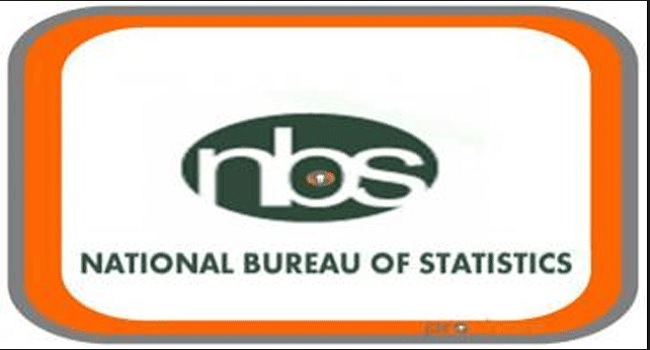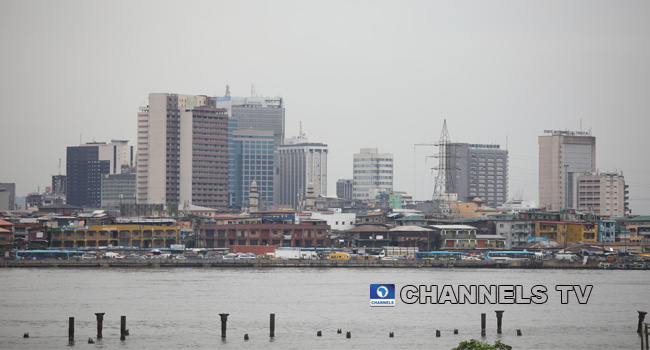Nigeria’s inflation rate has dropped by a slim margin of 0.06% from 11.31 percent in February to 11.25 per cent in March 2019.
The consumer price index, (CPI) which measures inflation had for a second consecutive time, the same margin of points between January and February 2019.
According to the National Bureau of Statistics (NBS), on a month-on-month basis, the Headline index increased by 0.79 per cent in March 2019, which is 0.06 percent rate higher than the rate recorded in February 2019 (0.73) per cent.
The data highlighted that urban inflation rate increased by 11.54 per cent (year-on-year) in March 2019 from 11.59 per cent recorded in February 2019, while the rural inflation rate increased by 10.99 percent in March 2019 from 11.05 percent in February 2019.
READ ALSO: Senate Passes Power Sector Reform Act Amendment Bill
Though, the composite food index rose by 13.45 percent in March 2019 compared to 13.47 percent in February 2019. “This rise in the food index was caused by increases in prices of Bread and cereals, Meat, Fish, Potatoes, Yam and other tubers, Oils and fats, and Soft drinks, Vegetables, and Fruits.”
The data also listed states where food inflation was highest and lowest.
“In March 2019, food inflation on a year on year basis was highest in Kebbi (16.35%), Niger (16.22%) and Kwara (15.95%), while Bauchi (11.82%), Delta (11.70%) and Ogun (11.55%) recorded the slowest rise.
“On month on month basis however, March 2019 food inflation was highest in Kogi (2.97%), Lagos and Plateau (2.11%) and Oyo (2.04%), while Imo and Nasarawa (0.12%), Enugu (0.11%) recorded the slowest rise with Bayelsa recording food price deflation or negative inflation (general decrease in the general price level of goods and services or a negative inflation rate).”



